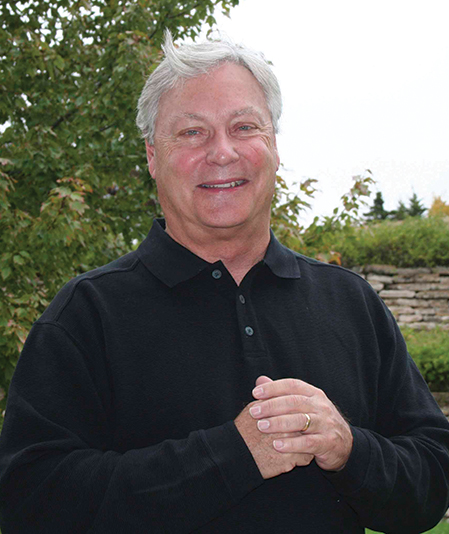It had been dying for some time, now is dead. Governor Sam Brownback’s tax experiment has been laid to rest. An ill-fated chapter of Kansas political history has come to a close.
A bipartisan coalition of state lawmakers axed the exemption of 330,000 business from income taxes and rescinded provisions for the complete elimination of state income taxes. They did so by overriding the veto of an obstructive governor.

As a newly-elected governor in 2011 Brownback embraced the discredited, tax-cut dogma of Arthur Laffer in the misguided belief that tax cuts would dramatically stimulate economic growth. He told a friendly audience that cutting income tax rates would generate even more revenue for government.
Soon after the governor elevated the bluster. His tax cuts would give “a shot of adrenaline in the heart of the Kansas economy.” “We’ll have a real live experiment.” “Look out Texas. Here comes Kansas!” “Glide path to zero.”
Brownback made the most serious tactical blunder of his governorship in 2012. He refused to negotiate with centrist Republicans on taxes and subsequently double-crossed them by signing a deeply flawed tax bill. That bill cut income tax revenues by nearly $5 billion over five years, made no reduction in spending, and sent the state careening from one financial crisis to the next.
The governor’s own hubris, coupled with the Kansas State Chamber’s demand that income taxes be eliminated, compelled his huge misstep. But Brownback doubled down and joined in the Chamber’s purge of mainstream Republicans and Democrats in 2012 and 2014. A handful of businesses led by Koch Industries of Wichita poured cash into the Chamber’s campaign war chest.
Brownback fanaticized of Kansas as a national model of red-state governance; his dream would draw media attention from across the nation. In campaigning for reelection he proclaimed: “The sun is shining in Kansas and don’t let anybody tell you any different.” But a few days after the 2014 election he would acknowledge that the state had sunk into a financial abyss.
The governor promoted financial fixes in 2013, 2015, 2016, and 2017—all designed to preserve his beloved experiment: spend down balances, increase taxes on consumers, borrow money, and shortchange core services—schools, universities, highways, public pensions, and other essentials.
A general fund balance of $700 million was spent to zero. Two sales tax increases gave Kansas the highest sales tax on food in the nation. Property taxes jumped as well. Proceeds from long-term, record breaking highway bonds, totaling $850 million, were siphoned off to pay for tax cuts. Growth rates trailed the region and the nation. The 2016-17 budget deficit ballooned to $300 million.
Kansans had seen enough. Brownback’s approval ratings plummeted to the lowest among the nation’s governors. In 2016 voters rebuked the governor and elected a new class of centrist Republicans and Democrats who campaigned to end the experiment. Forty contested seats changed hands.
A super-majority of state lawmakers has now abandoned the ideological illusion of eliminating the income tax and restored the three-legged stool of state and local finance that has served Kansas well for nearly a century. This long-standing, bipartisan tax policy strives for relative balance among property, income, and sales taxes and thereby assures lower tax rates overall, reduces tax competition with other states, and provides tax fairness based on income.
Kansans should give a standing applause to those lawmakers, particularly Republican legislators and their leaders, who defied an obstinate governor, returned sanity to state finance, and acted in the best interests of Kansas as a whole. Voters who elected these lawmakers in 2016 deserve a hand as well.
H. Edward Flentje is professor emeritus at Wichita State University.
























